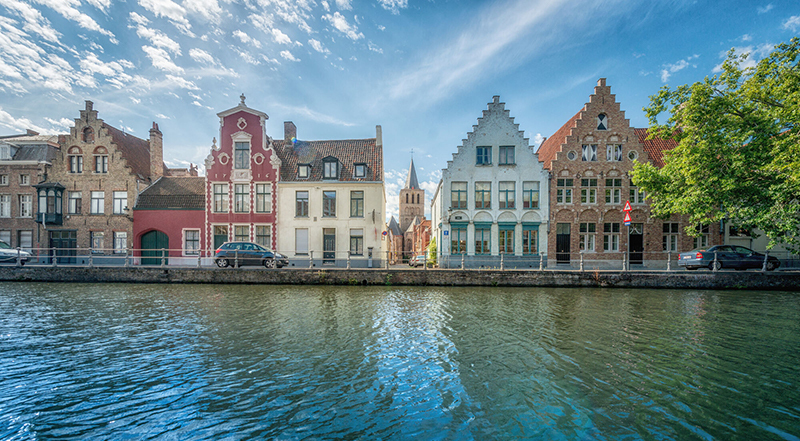Although the Bruges region was already populated in Roman times, the city’s name appears for the first time in the 9th century, probably derived from the Old Germanic word ‘brugj’, which means ‘mooring’. Bruges has always had a special bond with the sea. After all, water played a crucial role in the city’s foundation. It was the place where several streams merged into a single river (the ‘Reie’), which flowed north into the coastal plain. This river was linked to the North Sea through a series of ‘tidal channels’, guaranteeing the city’s future welfare and prosperity.




During the First World War, Zeebrugge became the operational base for the German submarine fleet, coordinated from their headquarters on the Market Square in Bruges. Fortunately, both world wars left the historic city centre virtually unscathed, making Bruges increasingly appealing to visitors and culture-lovers alike. Its beauty and attraction was confirmed in 2000, when UNESCO classified the entire medieval inner city as a world heritage site. The rest, as they say, is history.